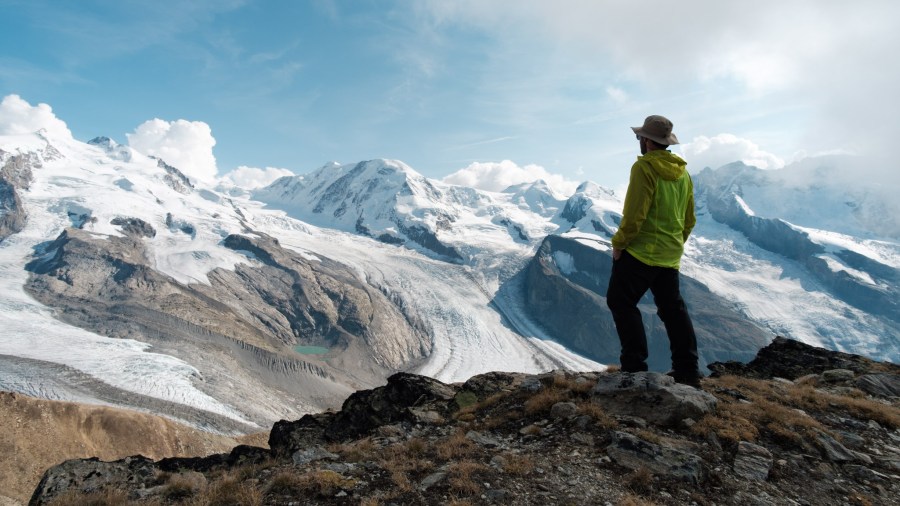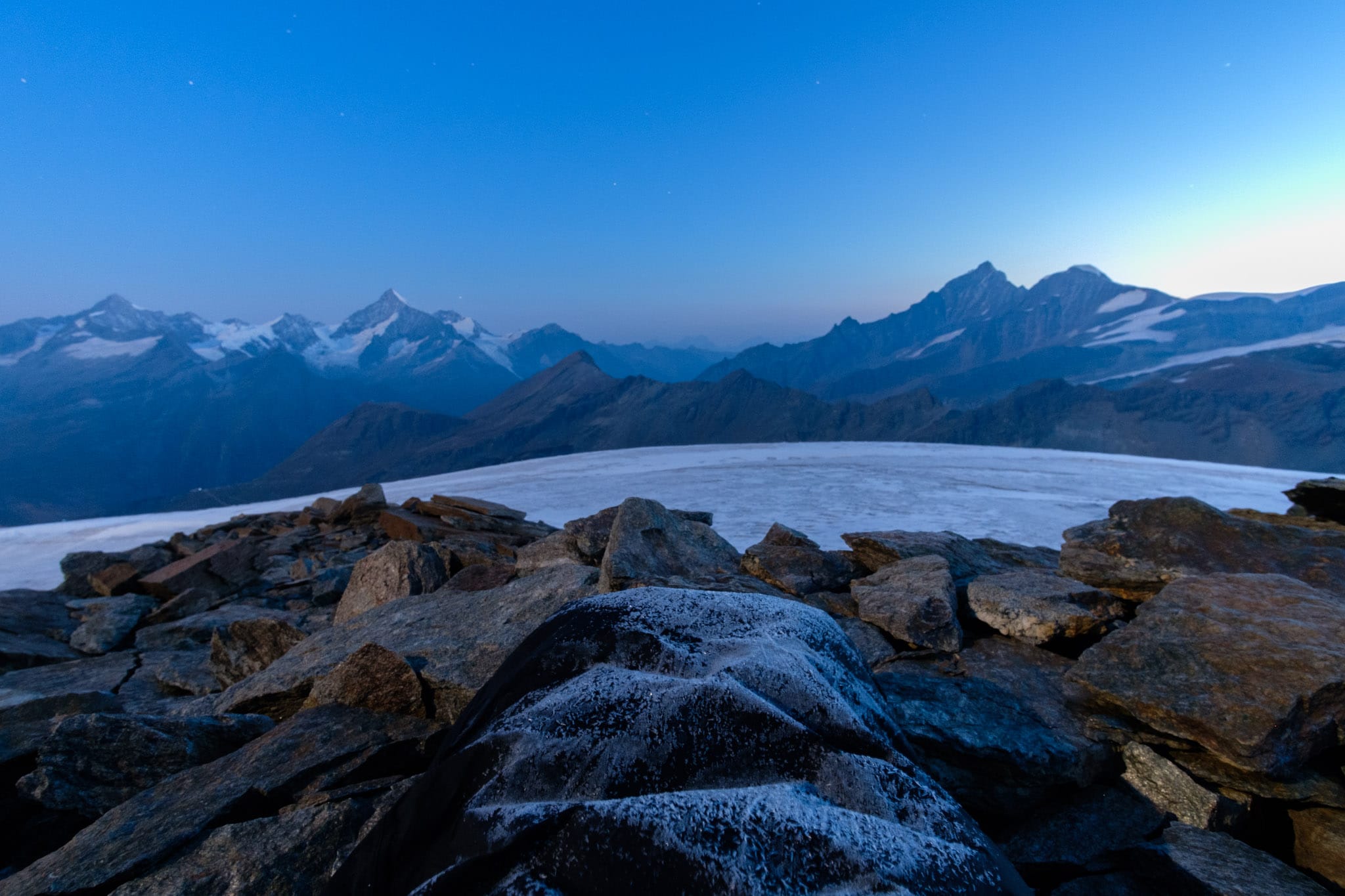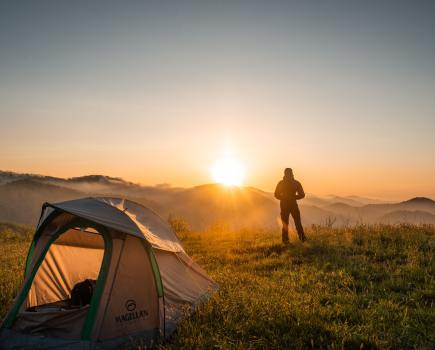The second in a new series on being a first-time Páramo user, Alex Roddie takes the Páramo Ostro system to the Swiss Alps for some big mountains
In the first instalment in this series, I investigated the merits of Páramo clothing for British summer hillwalking. After years of using Gore-Tex and other breathable fabrics I found the Páramo garments an interesting change, and mostly for the better, although not without some drawbacks.
The products
Páramo sent me a baselayer, fleece and windproof system, and a waterproof jacket to test in the mountains. For my September 2017 trip to the Swiss Alps, I decided to leave the Velez waterproof jacket at home to really test the capabilities of the Ostro Fleece and Ostro Windproof system.
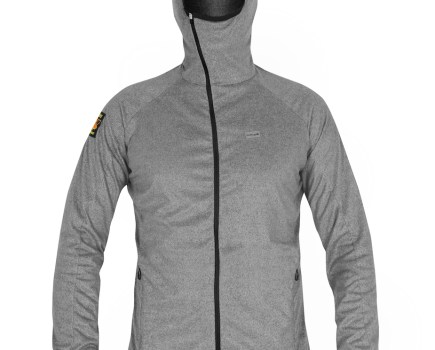
The fleece: Ostro Fleece
When layered together, the fleece and windproof create a waterproof system that Páramo claim is equivalent to an Analogy waterproof. The fleece is made from water-repellent and wind-resistant Nikwax Fleece. Páramo claim that the material is directional and actively pumps water away from the skin. The cut is slim and active and it has a really good close-fitting ‘ninja’ hood. It has a full-length zip and a total of five pockets.
I didn’t get the chance to test the more technical features of this item on my Scottish hillwalking trip, so I was looking forward to pushing it a bit more in the Alps.
Weight: 440g measured (L)
RRP: £125
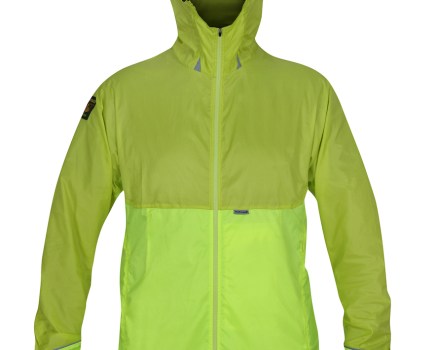
The windproof: Ostro Windproof Jacket
The windproof has an excellent (stowable) hood, full-length zip, pockets, reflective patches, and ventilation on both sides of the torso. The Ostro Windproof impressed me with its flexibility and weather resistance, keeping out heavier rain than I expected even without layering the fleece underneath.
Weight: 160g measured (L)
RRP: £85
In the Alps
The Swiss Alps are a challenging mountain environment. While there’s less rain and low cloud than the Scottish Highlands, when the weather is bad, it’s often really bad – snow and violent thunderstorms are not uncommon even in summer. The Alpine walker has to deal with a huge range of temperatures during a day in the mountains, potentially from below freezing to 25˚C. Add that to big daily climbs and you can appreciate the need for versatile gear.
I headed up to the Stockhorn ridge for a bivouac: a 3,500m peak surrounded by glaciers on all sides, and often a focal point for storms.
The sun was hot but with a brisk wind as I scrambled along the ridge, and I wore the windproof by itself. It coped admirably when I was working hard climbing steep, rocky slopes, keeping the chilly breeze off me while also reflecting much of the sun’s heat (thanks to its light colour). The torso vents really helped to regulate temperature although I wished the Ostro Windproof also had arm vents like the Velez Jacket.
I worried a bit about abrasion of the ultralight fabric against rock, but it didn’t suffer any damage. When I reached my bivouac spot for the night, on the summit of Stockhorn, temperatures rapidly dropped and I replaced the windproof with the fleece and a light down jacket layered on top.
Overnight, my thermometer recorded a low of -10.5˚C. I slept in the fleece and down jacket combo, and I really appreciated the cocoon-like wraparound hood that trapped in every morsel of warmth. It’s easily the best hood I’ve used on a fleece jacket.
Conditions remained cold the next morning and I wore the fleece and windproof layered together for most of the descent. On the way down, clouds rolled in and I was treated to a ten-minute sleety downpour before blue skies reappeared once more. I peeled off the windproof, put on the fleece, and put the windproof back on top. The Ostro system worked as promised: the outer windproof layer shed most of the water, while the fleece kept me warm and prevented any moisture from penetrating through to my baselayer.
Something I realised at this point: the zip pulls are small and difficult to use when wearing gloves. It isn’t possible to add your own cord toggles either. The zip pulls are a definite step down from the large, easily grabbable toggles on the Velez Jacket.
As before, I found that the windproof leaked at the seams and zips (none of which are sealed or protected by stormflaps, because it isn’t a full waterproof). However, I was quite comfortable during this spell of rain, and I think the system would have kept me dry for much longer. Soon enough it became too warm to wear both items layered together and I finished the descent wearing the windproof alone.
My thoughts: Alpine summer
 The Ostro system impressed me with its versatility. In environments where a wide range of temperatures can be expected along with some cooler precipitation, I think it’s a good alternative to the traditional hardshell/fleece combo. Taken individually, the fleece and windproof are both amongst the best I have used.
The Ostro system impressed me with its versatility. In environments where a wide range of temperatures can be expected along with some cooler precipitation, I think it’s a good alternative to the traditional hardshell/fleece combo. Taken individually, the fleece and windproof are both amongst the best I have used.
Although I found the complete system adequately waterproof, there are better options if prolonged rain is expected, especially in warmer conditions. For me at least, temperatures have to be cool (certainly less than 10˚C) for me to be comfortable wearing a fleece of any kind when walking. The Ostro system would result in overheating if I had to wear both layers in warmer conditions.
In the Alps, the main downside is the limited durability of the windproof layer. For hard use on rocky scrambles, I think it would suffer abrasion damage sooner rather than later. The windproof is fantastic for walking though and it would also make a very good running or cycling top. High-altitude alpinists would be better served by the tougher and more stormproof Velez Jacket.
Product images from Páramo / hill images © Alex Roddie

